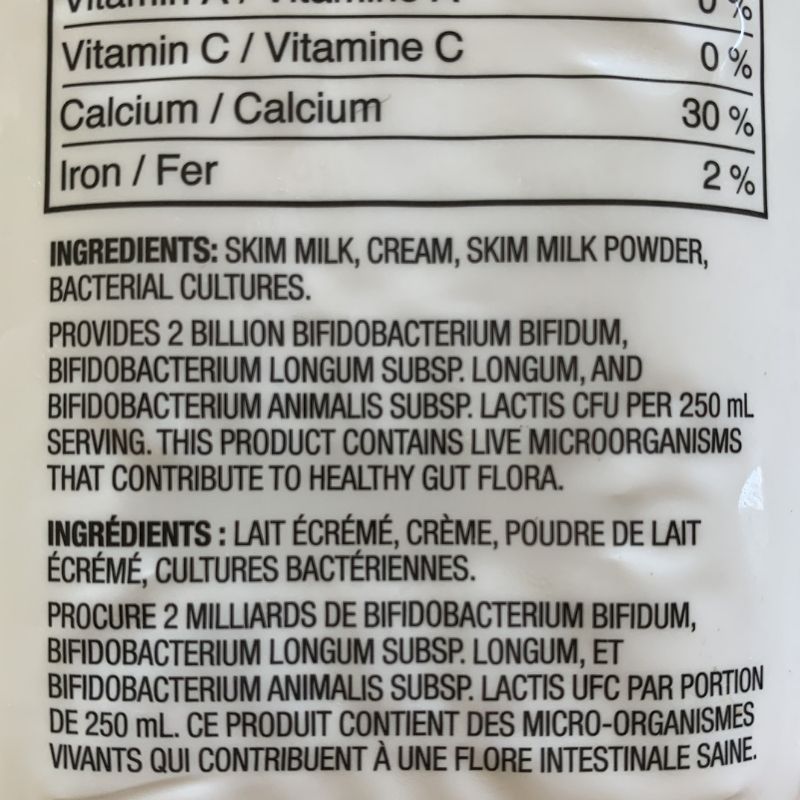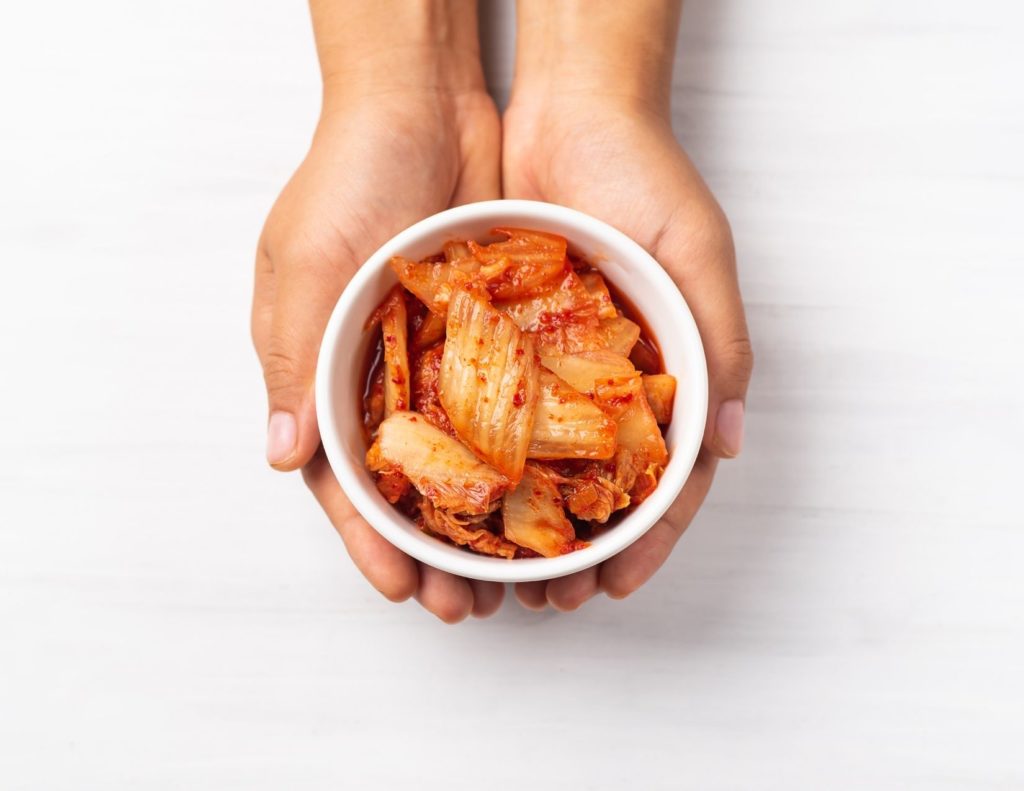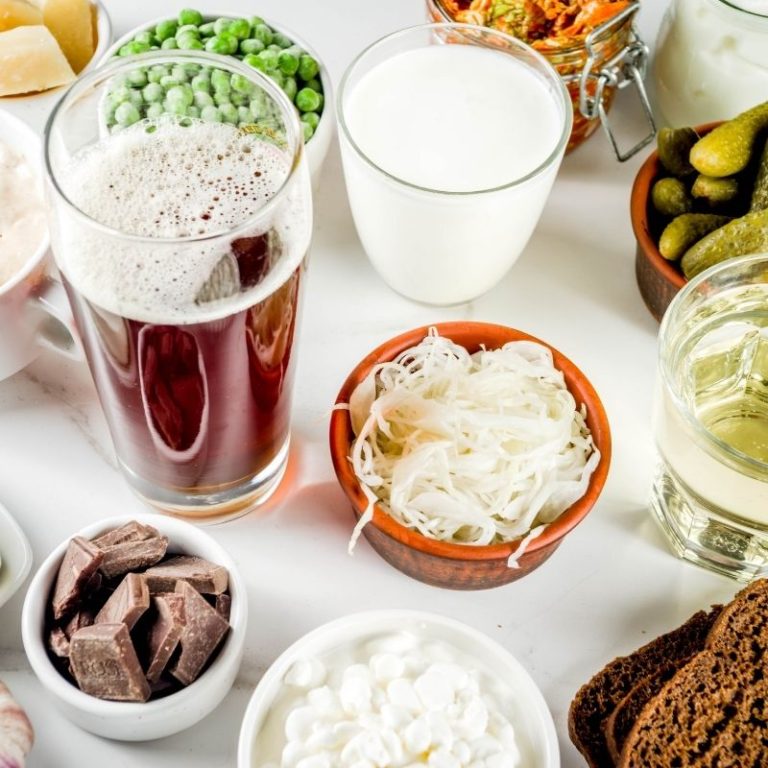In this post last week we established that you don’t need to take a probiotic to support a diverse microbiome (aka healthy gut). If that’s the case, you may be wondering if there are specific foods that your gut bugs prefer to keep things working well down there? Essentially, what is the microbiome’s menu of choice?
When looking at foods to support a healthy gut, it’s helpful to keep in mind that there’s no “super food” that does it all. Not surprisingly, people who eat a Western diet consistently show less diversity in their microbiome. A high fat, high sugar, low fibre diet isn’t great for our health or the health of our microbiome.
So what can we eat to support the best kinds of bacteria possible?
Let’s start at the beginning
Let me begin this conversation by stating that it is most important that babies are fed. Period. However, if breastfeeding your baby is a viable option, research shows that it is associated with the most favourable microbiome profile for babies.
If you’re nourishing your infant with formula, there is good news for your babes too! Several Canadian infant formulas contain prebiotics (GOS and PDX) and probiotics (LGG and B Lactis). Research supports that these pre and probiotics are safe for healthy full term infants.

During childhood parents can help contribute to a diverse microbiome for their child’s gut by exposing them to a wide variety of foods. In this post you may have read that by the time we reach 12 years of age, our microbiome is largely established. Still, there is about 30-40% of our bacteria that can shift based on lifestyle/dietary changes. Some foods we eat support the growth of beneficial bacteria and therefore act as prebiotics. Others actually contain beneficial bacteria cultures and so are probiotics.
Let’s get to the food!
Complex carbohydrates are king
What are complex carbohydrates? They’re long, complex (as the name suggests!) chains of sugar. Complex carbohydrates hang out in your colon instead of being quickly absorbed into your bloodstream like simple sugars. It’s in your colon that they are digested and support the growth of a large variety of bacteria. You can find complex carbohydrates in whole grains, legumes, fruits and vegetables.
Fermented foods are our friends
If you’re like me, you didn’t grow up eating a lot of fermented foods. And let’s be honest, the word “fermented” doesn’t sound all that appealing! The Western diet doesn’t contain many of these foods, and so it may take some practice to acquire an enjoyment of the flavour. Don’t give up!
How do fermented foods help our microbiome? In the process of fermentation, simple sugars in foods containing carbohydrates are converted into short chain fatty acids. This process results in the formation of both pre and probiotics, the key to supporting healthy bacteria. (You can read more on this here and here.)
Dairy
What are some examples of fermented dairy products? Think cottage cheese, cultured yogurt, Kefir, and cured cheeses such as Parmesan.
Fermented dairy products are the natural food source of L acidophilus and bifidobacteria spp, commonly found in probiotic capsules. These guys are super stars! To get the most bang for your buck, research suggest that you choose dairy products that state they contain a minimum of 1 million CFU of these bacteria cultures per serving. Check out the label below to see what it looks like on the packaging.

How to enjoy fermented dairy?
Try cottage cheese or cultured yogurt with fresh fruit such as peaches or raspberries for a snack. Or, add cottage cheese to a salad plate. Kefir makes a great liquid component in a smoothie or served with muesli or granola. You likely don’t need suggestions for parmesan cheese, but one of my favourites is shaved on a salad.
Tea
Kombucha, a fermented tea, has become quite popular. Some restaurants even have it “on tap” like beer or you may have a friend that has experimented with brewing their own. The fermentation process means it has very little sugar and has natural carbonation. There are lots of flavours of kombucha available at many grocery stores, to help maximize the health benefits make sure you select one that doesn’t have a lot of added sugar.
Vegetables
Fermented vegetables are a savoury way to boost your microbiome. It’s important that vegetables are fermented using a salt brine, not vinegar. It is this salt brine that allows for the lactic acid bacteria to form (more here.)
Kimchi is a popular Korean food made from fermented cabbage. Sauerkraut is its Eastern European cousin. Kimchi is traditionally served with rice, and sauerkraut with sausage. Both can be enjoyed on their own. They also make a great addition to a grain bowl, sandwich, or even scrambled eggs!

If you’re a pickle lover, look for ones made with salt brine instead of vinegar.
And last but not least miso, a fermented soybean paste. Cooking shows have contributed to miso becoming more well known in North America. Add it to soups, stocks and sauces to give rich flavour and to help out your microbiome.
There are so many foods to add to your menu that taste great and help support a happy, diverse microbiome. I suggest making simple goals, like adding a fermented dairy product to your weekly grocery list, or making the switch to whole grain bread or pasta.
The key here is to think about making long term changes. If you have more questions about your diet and digestive health reach out and book a clarity call with us today.








